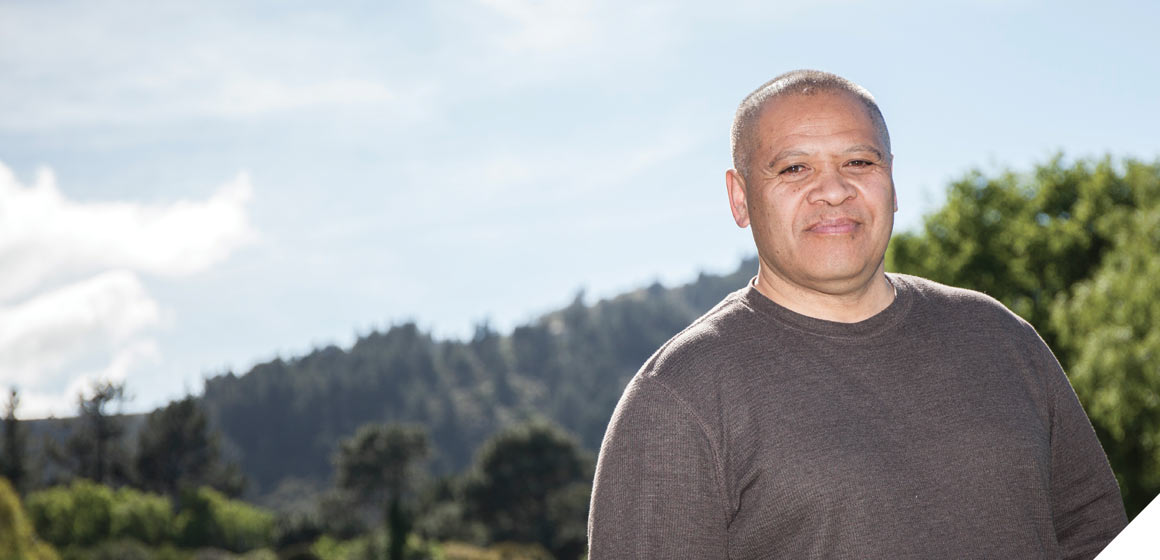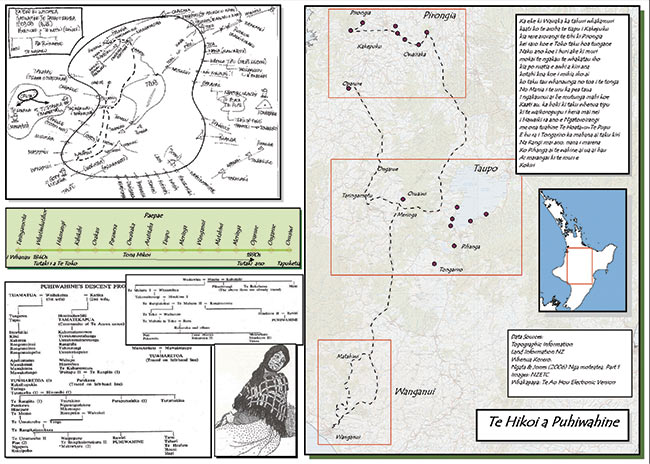
Modern mapping technology is helping to preserve traditional Māori knowledge.
Dr Hauiti Hakopa is using GIS (Geographic Information System) technology to permanently record ancestral sites. Hakopa studied surveying at Otago and, more recently, completed his PhD in information science on the potential for blending GIS technology with oral narratives.
"With GIS you can build a monster database, store and layer cultural information, produce digital maps and digest the data on a computer. It's all about creating a geo-cultural space within a geo-spatial world in which to produce maps that depict these sites."
He cites, as one example, layering information to show, in a few seconds, changes in the ownership or use of a site over a long period of time. He says the type of information varies from the location of urupa (burial sites) and pakanga (battle sites) to the location of mahinga kai (food harvesting areas) and individual plants that produced rongoā (medicines).
He has, so far, mainly worked in the North Island, from Taupo through to the East Coast, notably recording about 2,500 wahi tapu (sacred places) in one project for a Waitangi Tribunal claim.
Hakopa says the information usually comes from oral sources. "The oral sources are the best, especially from people who have literally walked all over the land: hunted, fished, know every bend in the river and every rock."
The information is presented as more than mere dots on a map; people can click on a site and read information about the site, including any "flavours" of opinion people might have about the site.
While most people are supportive of what he is doing, he says some kaitiaki (guardians) of sites are reluctant to release information because the sites have been raided and artefacts have been taken.
"So you really do have to discuss how those sites are portrayed. There are also tensions between iwi and their boundaries; you have to be careful how you define these boundaries – they are not linear."
Hakopa believes that the work is important beyond the factual recording of the information.
"For me, there is a need to preserve and protect that information for the generations to come, to help them define exactly who they are and where they come from by helping them navigate through these sacred places."
Funding
- University of Otago Māori Postgraduate Scholarship